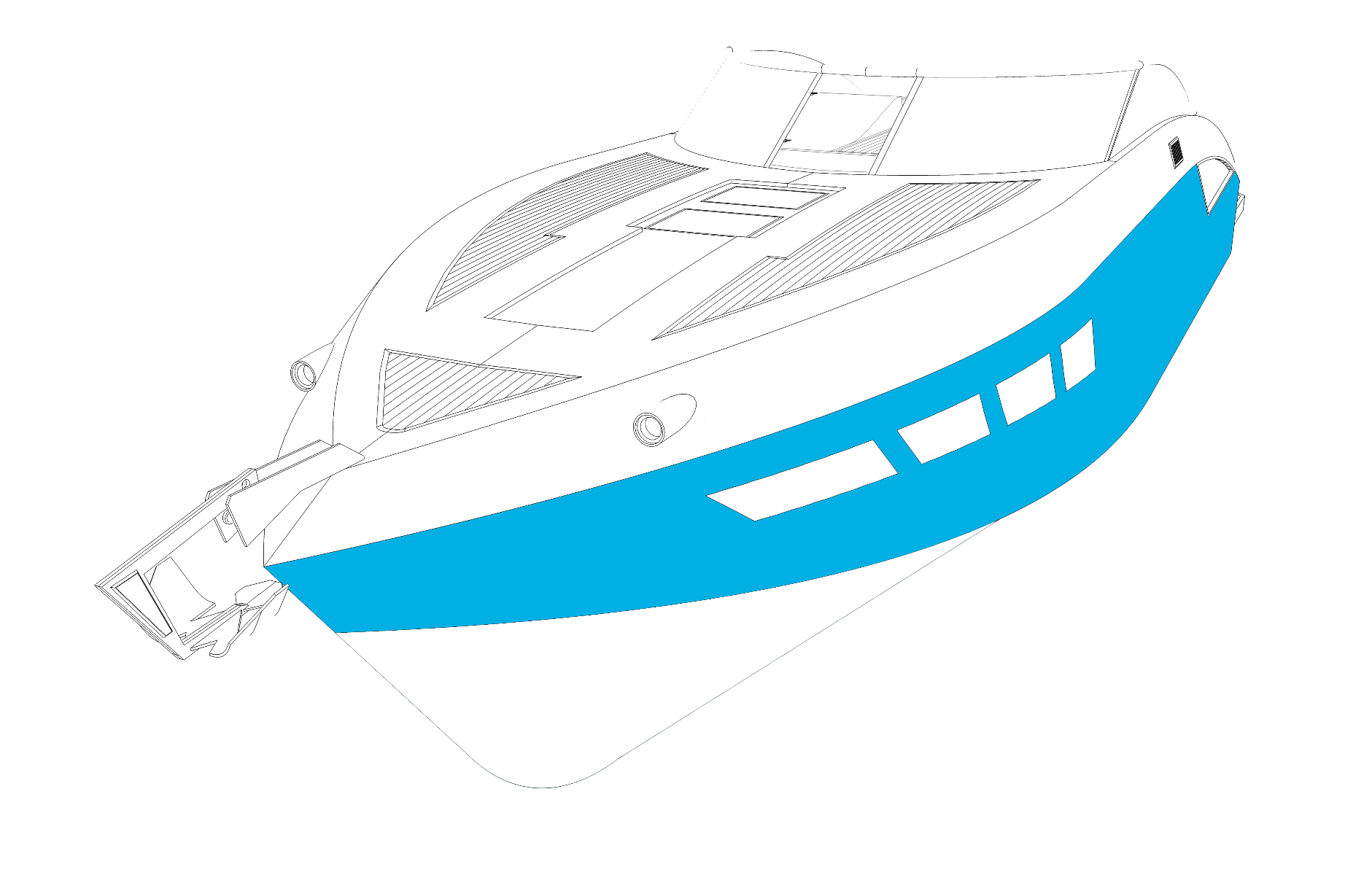-
 Isomat TSMass Loaded Vinyl, Sound Barrier
Isomat TSMass Loaded Vinyl, Sound Barrier- Mass loaded vinyl & Sound barrier
- Soundproofing in homes, boats
- Easy to process
(incl. tax)Starting at £26.15
-
 Vibradamp A90PAnti-drumming Compound
Vibradamp A90PAnti-drumming Compound- Sandwich anti-drumming compound
- Two component adhesive
- Excellent alternative to bitumen
(incl. tax)Starting at £94.85
-
 ZincorSteel plates for anti-drumming
ZincorSteel plates for anti-drumming- Plates for sandwich anti-drumming
- Galvanized steel
- Use with Vibradamp A90P
(incl. tax)Starting at £2.38
-
 Acoustic Cotton WoolCotton Insulation & Sound Absorber
Acoustic Cotton WoolCotton Insulation & Sound Absorber- Recycled cotton insulation
- Sound and thermal insulation
- Great alternative to mineral wool
(incl. tax)Starting at £17.52
Sound insulation for yacht and shipbuilding
More information about insulating yachts, ships and sloops can be found on the overview page 'Sound isolation and absorption for boat and yacht'.
The Acoustics Shop also supplies the larger yacht and shipbuilders. So if you are looking for absorption and insulation materials with a CE or IMO certification, please feel free contact with us.

 Sound Insulation
Sound Insulation  Soundproofing
Soundproofing  Vibration Isolation
Vibration Isolation  Silent Ventilation
Silent Ventilation  Accessories
Accessories  Thermal & Acoustic Insulation
Thermal & Acoustic Insulation 